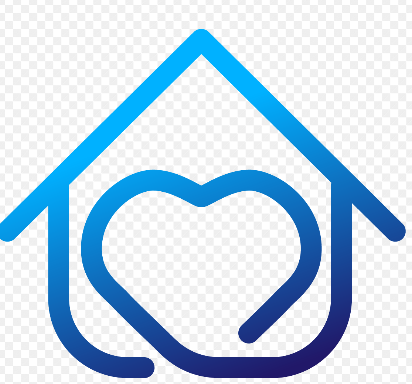Healthcare disparities have been a major issue in the United States for many years, with certain populations experiencing lower quality care and worse health outcomes due to various factors such as income, race, and geography. However, with the advancement of technology, there is now a way to address these disparities and provide better access to healthcare for all – remote care technology, specifically Remote Patient Monitoring (RPM).
Remote Patient Monitoring is a form of healthcare delivery that utilizes technology to monitor patients’ health outside of traditional healthcare settings. This technology allows healthcare providers to track patients’ vital signs, symptoms, and other health data remotely, allowing for earlier detection of health issues and more proactive treatment. RPM can be especially beneficial for patients with chronic conditions who require regular monitoring and management of their health.
One of the key ways that RPM can help address healthcare disparities is by improving access to care for underserved populations. In many cases, patients who live in rural or low-income areas may have limited access to healthcare facilities or specialists. By using RPM technology, these patients can receive the care they need from the comfort of their own homes, reducing barriers to access and improving health outcomes.
RPM can also help to bridge the gap in healthcare disparities by providing more personalized and timely care to patients. For example, patients with chronic conditions like diabetes or high blood pressure can benefit from regular monitoring of their vital signs and symptoms through RPM. This can help healthcare providers to identify potential issues early on and intervene before the condition worsens, ultimately improving patient outcomes and reducing the need for emergency care or hospitalization.
In addition to improving access and quality of care, RPM technology can also help to reduce healthcare costs for patients and providers. By allowing for remote monitoring and management of health conditions, RPM can help to prevent costly complications or hospitalizations, ultimately leading to lower healthcare spending overall. This can be particularly beneficial for patients who may struggle to afford regular healthcare services or medications.
Overall, Remote Patient Monitoring technology has the potential to revolutionize healthcare delivery and address longstanding disparities in access to care. By providing more personalized, proactive, and cost-effective healthcare options, RPM can help to improve health outcomes for all patients, regardless of their background or circumstances. As technology continues to advance, we can expect to see even greater benefits from RPM in the future – making healthcare more accessible and equitable for everyone.
************
Want to get more details?
Remote Care Today
https://www.remotecaretoday.com/
800-480-3344
608 Melvin Ave Suite 102 Annapolis MD 21401
Remote Care Today
https://www.remotecaretoday.com/
800-480-3344
608 Melvin Ave Suite 102 Annapolis MD 21401
We offers a physician the most advanced Virtual Care System that results in patient care being significantly increased, improved wellness, and a reduction in hospitalizations.
Our virtual care programs are a full turnkey solution for CCM, RTM, RPM, BHI, Cardiac & Pulmonary Rehab – We take the on the logistics of devices, monitoring, alerts, escalations, and the Superbill. There is no need for your team to take up resources and time to launch your program with us. We do it all and you get paid. Better yet, your patients get white glove care from your office and remotely without adding extra cost.


